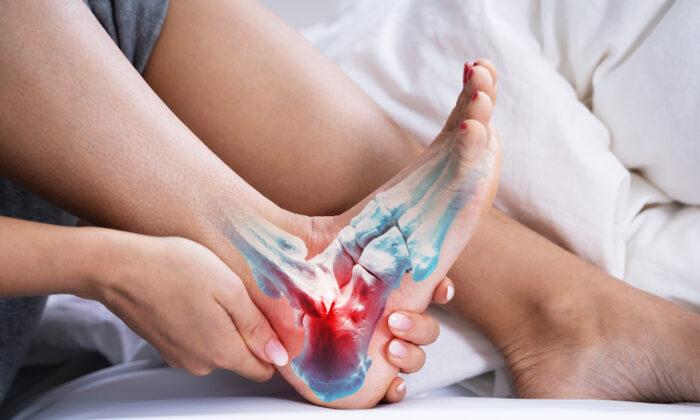On sunny days, it’s even harder to stay inside. With temperatures climbing and the sun making outdoors more inviting, is getting outdoors to enjoy it worth the risk?
Sunlight has never been particularly simple. For decades, we’ve been told to limit exposure to protect from harmful UV rays. With the added risk of COVID-19, getting outside can seem even riskier.
But humans need sunlight. Daniel Gonzalez Maglio, a professor at the University of Buenos Aires and researcher in the field of photo immunology, recently told The New York Times, “there is some limited but convincing evidence that moderate sunlight exposure is capable of modulating the immune system and improving health.”
Of course, sunlight is not a cure or treatment for the novel coronavirus, but it could offer some benefits you could use right now. Adequate sunlight exposure is associated with better mood, improved sleep quality, and better immune function.
There is even some evidence it could help the body fight against infections. One study showed that hospitalized patients who were taken out in the sun during the Spanish flu pandemic had lower death rates than those who were left indoors.
Some research suggests that vitamin D (which your body makes when it’s exposed to sunlight) boosts the expression of hundreds of genes that may help regulate immune function, thereby making immune systems stronger and more effective.
Although the reasoning is not fully understood, vitamin D’s impact on immune health may have something to do with its ability to regulate circadian rhythm, limit inflammation, and more.
When you don’t get enough natural light, it can lead to what one specialist described as a “kind of permanent jet lag.” To offset these feelings, there are a few things you can do.
One is to try to spend more time outdoors. Getting out for 15–45 minute walk per day can be great for sun exposure and vitamin D production. This is true even when it is cloudy. When you’re outside, be sure to observe social distancing.
If you don’t want to go outside or are not comfortable with the idea, positioning yourself close to a window and facing it, especially in the morning, can help.
If you’re getting more than about 30–45 minutes of sun exposure, protect yourself. Further, if you have a history of sun-related skin issues, it’s essential to speak with your doctor before increasing outdoor time.





